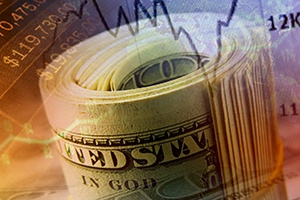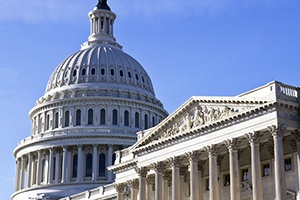When you read the papers and watch the news, you won’t see much about economics. With earnings season just about over and with the major economic reports looking a bit better, investors don’t have a lot of data to worry about—at least until the next set of releases. Instead, now we are worrying about politics.















